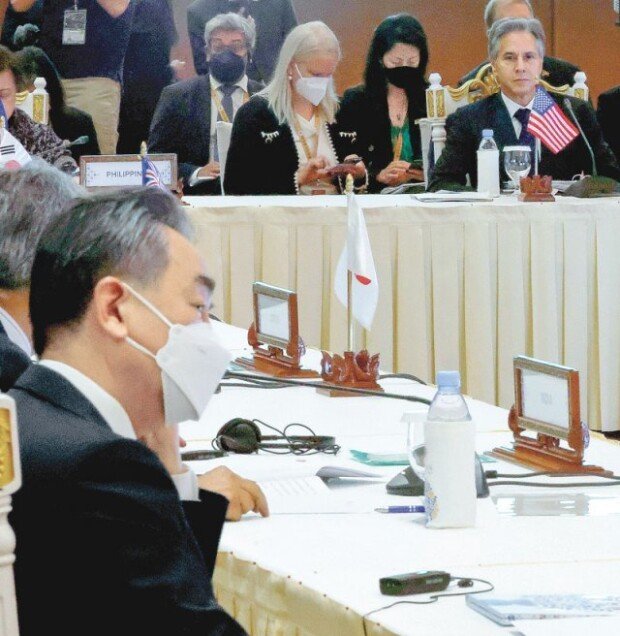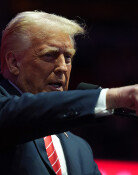China launches unprecedented military drills to isolate Taiwan
China launches unprecedented military drills to isolate Taiwan
Posted August. 06, 2022 07:27,
Updated August. 06, 2022 07:27

John Kirby, coordinator for Strategic Communications at the National Security Council in the White House, said on Thursday that China’s military drills near Taiwan are being conducted “with perhaps the intention of maintaining intensity or at least being able to conduct those kinds of operations on a more frequent, regular basis going forward.”
The U.S. official’s argument clearly indicated that China has shown its intention to isolate Taiwan in the long term through regular military exercises to unify Taiwan with the mainland using force by escalating tensions with the U.S. for its intervention to protect Taiwan.
Mr. Kirby said this kind of military provocation is also “a pretext to try to up the ante in tensions and to actually try to set a new status quo to get to a new.” “We’re not going to accept a new status quo and that it’s not just the United States,” he said. “It is a declaration of the U.S that China’s regular provocation would not be tolerated even if it has to mobilize any military means.”
China sent an aircraft carrier group featuring at least one nuclear-powered submarine to the ongoing drills around the island of Taiwan for its first carrier deterrence exercise against the U.S. A possible direct clash between the U.S. and China cannot be ruled out as the U.S. indicated that its aircraft carrier group could enter the Taiwan Strait in protest.
China's military made multiple incursions of the median line dividing the Taiwan Strait even on Friday, two days into the military drills to isolate Taiwan.
The Taiwanese Defense Ministry said on Friday that Chinese fighter jets and ships crossed the median line. “Taiwan will not escalate the conflict, but will resolutely defend our sovereignty.” As China intended, observers see this as China successfully neutralizing the median line as it intended.
Just like the concerns of the U.S., as Taiwan’s military operation radius is reduced greatly in the wake of China’s isolation attempt, the new normal, Taiwan’s isolation becoming permanent, could become a reality. “This kind of massive exercise will possibly become routine over the next few years,” said Tetsuo Kotani, a senior fellow at the Japan Institute of International Affairs, to The New York Times.
“Instead of invading Taiwan, which could cause the direct U.S. intervention and a huge backlash from the international community, China’s military exercise is to pressure Taiwan by isolating it in a daily manner,” The Wall Street Journal said. “Even when the drills finish, Chinese troops could remain near Taiwan or conduct routine drills which can eventually collapse Taiwan.” The NYT interpreted China’s five ballistic missiles landed in Japan’s exclusive economic zone as a warning to the U.S. and Japan to stay away from its matters.
If the U.S. military enters the Taiwan Strait, it will be a watershed moment for this crisis in the Strait. During the Third Taiwan Strait Crisis in 1996, after a series of missile tests conducted by China in the Strait, the U.S. dispatched two aircraft carrier battle groups to the Strait in protest. China couldn’t counter in a meaningful way.
This time, however, the aircraft carriers called Liaoning and Shandong joined the drills to deter U.S aircraft carriers from entering. In addition, the exercise included the launch of a DF-17 hypersonic system from a land-based platform. Chinese state-run Global Times reported on Friday that Chinese troops went on its first carrier deterrence exercise by establishing its maritime operations system.
Ki-Yong Kim kky@donga.com






